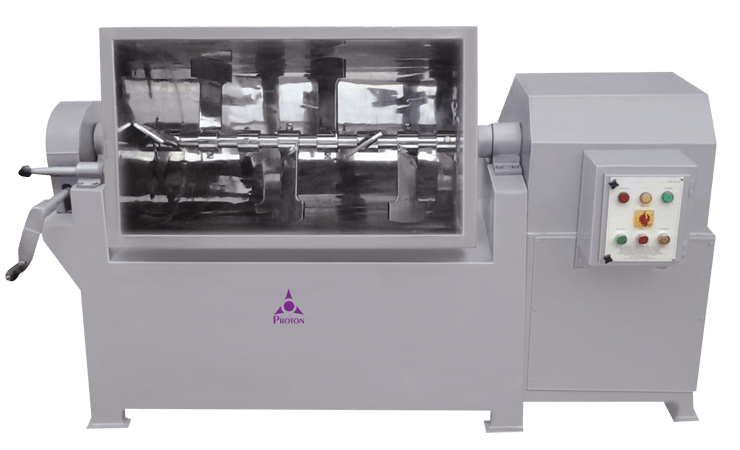When we don’t use any liquid to make granules, we call the process dry granulation. This is possible by applying pressure for densification and agglomeration of dry powder. The machines used for this are called dry granulators. Depending on the application the size and shape of the granulators will vary. Dry granulation uses fewer steps and material than wet granulation.
Factors affecting the granule formation:
Of the many factors that affect the size of the granules in Dry Granulation Machines, the most important ones are the size and speed of the feed and the roll design. The other things that matters are the size and shape of screws, powder cohesiveness, and flow characteristics. Granulation also depends on the choice of machine and the particle size. Other things we can change are the die diameter, feed frame, and hopper. It is possible to change the slugging pressure, the compression speed, and the tooling features.
Subclasses of granulators:
The subclasses in granulators are of two kinds. One is slugging, the other is roller compaction. These helps define the force application mechanism. A slug refers to a large tablet. We use a heavy-duty press for this. We can produce many types of slugs using the dry granulation process. Variation in the weight is due to poor flow rates of powders mostly of those with small particle size. This causes large fluctuations in the pressure causing variations in the mechanical strength of the slug.
So, dry granulation is not used because it is obvious that we cannot control the properties of the granules got by the milling process. There are a host of other disadvantages that include poor economies of scale and excessive sound and air pollution. In the Dry Granulation Machines, only single batch processing is possible. The machine breaks down frequently and we need to keep doing the maintenance to keep the process going.
Other disadvantages of dry granulation:
The output per hour is not so high. This keeps the output from reaching any heights and so the manufacturer is not able to get big profits. We have to make use of lots of containers for this process. This leads to an increased need for storage space. More energy and time is needed for making 1 kg of slug than by any other process. This increases the logistics that we use.
In the roller compaction process, the material is squeezed between two rollers to form a powder. The machine used in this process is known as chilsonator. The roller compactor has two runners rotating in opposite directions. The stainless-steel rollers have teeth and produce a powerful grinding action with the use of a series of breaking combs.
Parts of the chilsonator:
The three major sections of the chilsonator are the feeder, the compaction unit, and the size reduction unit. The feeder brings the material to the compaction area. The two rolls rotating in opposite directions is the compaction unit. The size reduction is used to mill the ribbons to the particle size we need.
Roller compactors can be grouped into two categories. One is the fixed roller compactor which has a fixed gap. The other is a variable gap roller where the size of the gap is not fixed.

